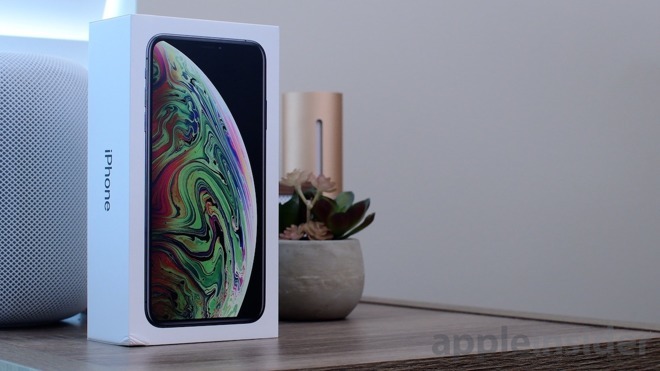iPhone XS Max dramatically outselling iPhone XS, Apple Watch Series 4 sales exceeding all expectations
Noted Apple analyst Ming-Chi Kuo has weighed in on early sales of Apple's new products, and is seeing massive demand for the iPhone XS Max over the iPhone XS, with Apple Watch Series 4 demand so high that supply constraints may extend unless Apple brings on more assemblers.
In a note seen by AppleInsider TF Securities' Ming-Chi Kuo is seeing between three and four times the demand for the iPhone XS Max versus the iPhone XS. Additionally, gold and space grey are apparently selling better than the silver color.
Kuo also believes that predicted softness in China because of high pricing won't materialize, with demand keeping shipments volume high. Worldwide, the 256GB model of the iPhone XS Max is reportedly most popular, with the 512GB one suffering from a "serious shortage" because of low NAND flash supply.
Even given the success of the iPhone XS, Kuo expects that the iPhone XR will push growth well past the launch quarters, and into calendar year 2019. Additionally, shaped LCD panels, presumably the component that forced an October commencement of sales, should see marked improvement in deliveries in October.
Overall, Kuo is expecting Apple to sell between 75 million and 80 million iPhones in the launch period. Additionally, the mix of iPhone sales, even including the lower-cost iPhone XR may boost average selling price higher than the market expectation of between $750 and $770 per unit, leading to a record quarter.
As a result of channel checks, Kuo is expecting about 19.5 million Apple Watches shipped before the end of the year, up from 18 million. Kuo's report seems contradictory to one published earlier on Monday, that claimed that iPhone sales were "weak," also citing supply channel checks.
Apple announced all three products at the "Gather round" event, on Sept. 12. The iPhone XS Max has a 6.5-inch edge-to-edge OLED screen, with the iPhone XS sticking with the 5.8-inch OLED screen found in the iPhone X from 2017. Both have improvements to the camera versus the iPhone X in hardware, with the A12 Bionic in the newer models adding an array of features to image processing.
The iPhone XR retains many of the design cues, specifically the notch, while bringing technologies like Face ID and the full-device display with a less expensive LCD screen.
 Mike Wuerthele
Mike Wuerthele











 Malcolm Owen
Malcolm Owen
 Christine McKee
Christine McKee

 Amber Neely
Amber Neely

 William Gallagher
William Gallagher








